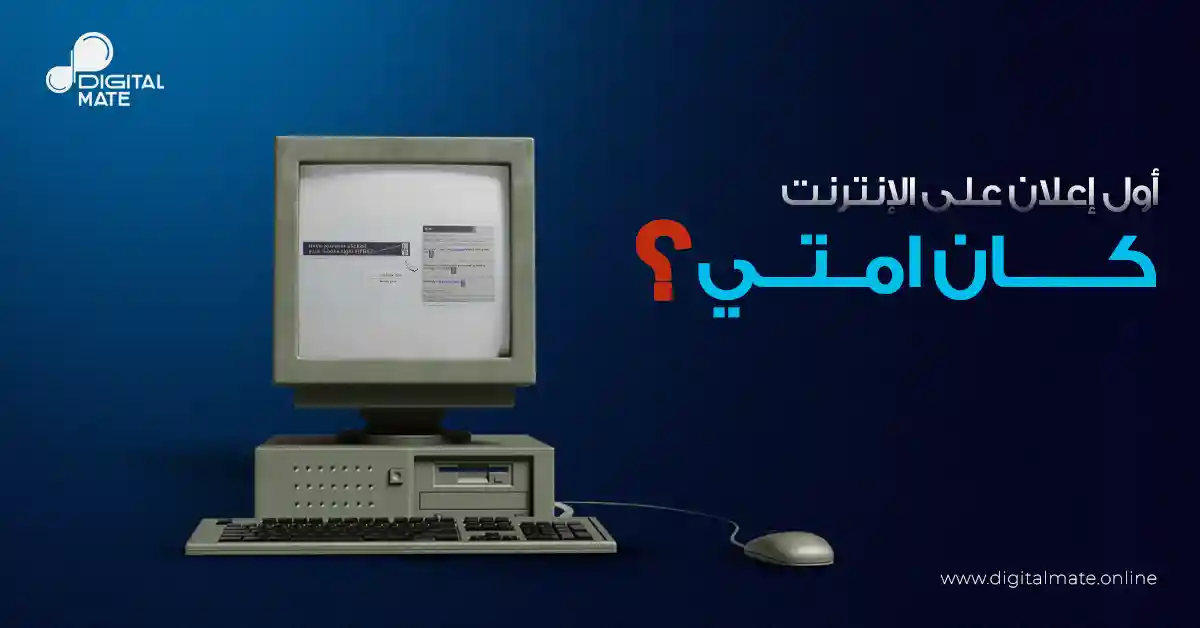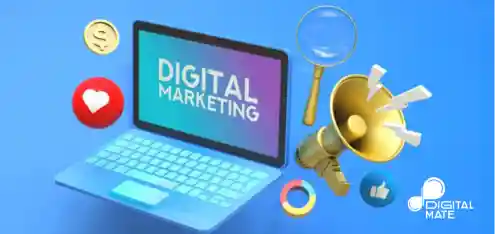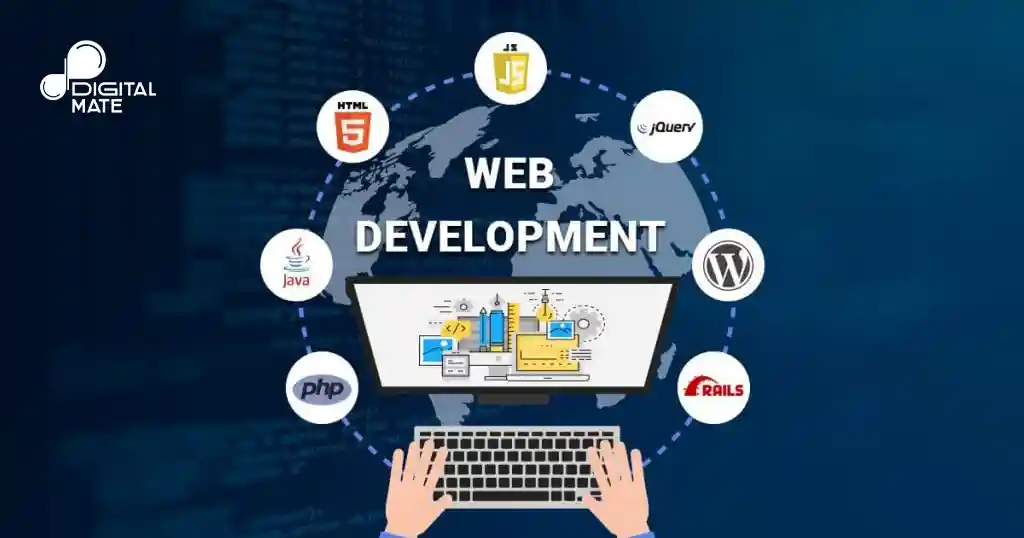When Was the First Online Advertisement?

When Was the First Online Advertisement?
Have you ever wondered when the first online advertisement appeared and how it evolved over time to become what we see today? In this article, we take you on a journey through history to explore the beginnings of online advertising and highlight the key milestones that have shaped this pioneering field.
The Beginnings of the Internet and Digital Advertising
To discuss the origins of digital advertising, we must first look back at the beginnings of the internet itself. In 1969, the U.S. Department of Defense launched the ARPANET, which was the foundation for creating the internet as we know it today. However, the internet was not available for commercial use until the early 1990s.
With the internet's spread among the public, the need for new ways to reach consumers and target them with marketing messages emerged. This is when the idea of digital advertising began to appear, which was considered revolutionary at the time. It allowed advertisers to reach a global audience in a way that was previously impossible.
The First Online Ad: The True Beginning
The history of the first online ad dates back to October 27, 1994, when AT&T published its first ad on Wired (formerly known as HotWired). The ad was simple, displaying the company's logo with a message inviting users to click on the ad, which would lead them to a dedicated webpage. This ad marked a turning point in the world of marketing, as it opened the door to digital advertising, which later became one of the most important pillars of the digital economy.
AT&T's first ad enjoyed considerable success at the time, achieving a click-through rate (CTR) of about 44%, a rate that is unprecedented today. But what made this ad different? Quite simply, internet users were not yet accustomed to the concept of online ads, and their curiosity drove them to click on any new link that appeared before them.
The Rapid Development of the Online Advertising World
Following the success of the first online ad, companies began to realize the vast potential that digital marketing held, leading many to invest in this field. By the mid-1990s, several companies and platforms specializing in digital advertising emerged, such as DoubleClick, founded in 1996, which later became part of Google.
The period between 1995 and 2000 witnessed a significant boom in the digital advertising world, with the rise of banner ads, pay-per-click (PPC) ads, and search ads, fundamentally changing the concept of marketing. With the launch of search engines like Yahoo and Google, it became possible to target ads based on search terms, paving the way for the emergence of targeted ads.
Google's Role in the Digital Advertising Revolution
It is impossible to talk about the history of online advertising without mentioning the pivotal role played by Google. In 2000, Google launched its advertising program Google AdWords (now known as Google Ads), revolutionizing the world of online advertising. This program allowed both small and large companies to reach a broad audience in a cost-effective manner.
Google Ads evolved over the years to become more precise and targeted, with new algorithms based on artificial intelligence and machine learning, enabling advertisers to deliver ads tailored to users' interests. As a result, Google became one of the biggest players in the digital advertising market.
Modern Types of Digital Ads
With technological advancements, the types of digital ads have also evolved to include a variety of forms and styles. Here are some of the most prominent types seen today:
- Pay-Per-Click (PPC) Ads: These ads involve paying the website or search engine for each click on the ad. This type can be highly effective for quickly reaching a targeted audience.
- Social Media Ads: Platforms like Facebook, Instagram, and Twitter have provided advertisers with extensive opportunities to reach a specific audience based on interests and demographics.
- Video Ads: Such as those seen on YouTube, allowing advertisers to deliver interactive and engaging content directly to users.
- Display Ads: These include banner ads and multimedia ads that appear on websites, helping to build brand awareness.
Challenges and Opportunities in the Online Advertising World
Although digital advertising has opened vast opportunities for companies, it has also brought about numerous challenges. Among the most notable challenges are ad saturation and the increasing cost of clicks over time. Additionally, the emergence of ad-blocking tools has forced advertisers to find new ways to reach their target audience.
However, growth opportunities remain, especially with the development of artificial intelligence and machine learning technologies, which enable deeper analysis of user data and improve ad performance. Moreover, the rise of new platforms like TikTok has opened up new opportunities for a generation of digital advertisers to reach a broader audience.
The Future of Digital Advertising: What to Expect?
With the continued evolution of technology, the digital advertising world is expected to undergo further transformations in the coming years. Technologies like virtual reality and augmented reality could open the door to entirely new advertising experiences, where users can interact with products and services in ways that were previously impossible.
Furthermore, ad personalization is likely to continue to improve, thanks to the ongoing advancements in artificial intelligence, allowing advertisers to deliver more accurate and engaging content to users.
The history of online advertising is full of exciting milestones and significant challenges, and with the continuous development of technology, this industry will keep innovating and renewing itself. Ultimately, digital ads are not just a way to reach customers but rather an art that requires a deep understanding of the market and the target audience.







